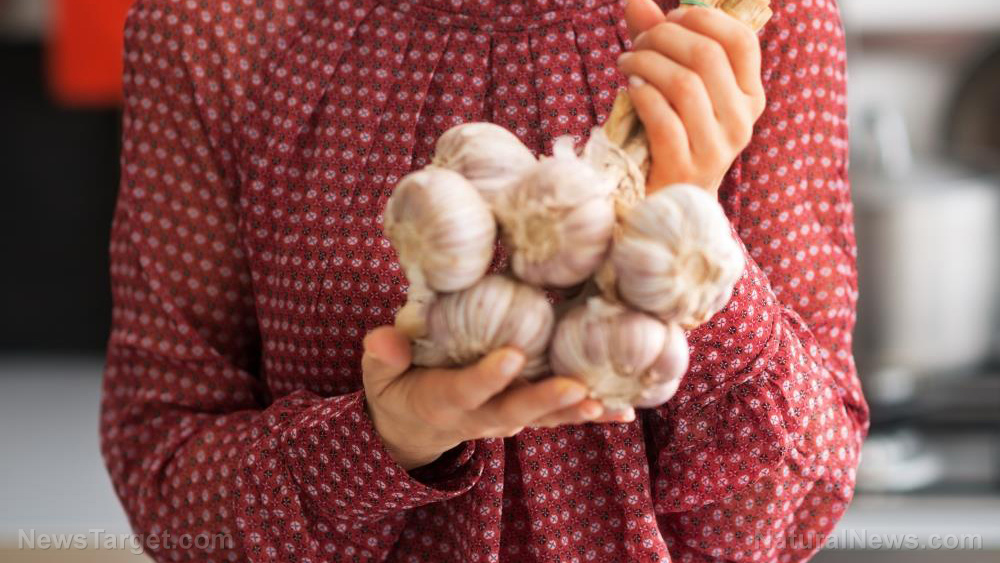
Advertisement
There’s nothing like the comforting scent of freshly cooked garlic in your pasta, stir-fried rice or plain toast. Fortunately, garlic is ridiculously easy to plant, even for beginner gardeners.
You don’t even need an expansive outdoor space or garden. If you’re pressed for space, just grab some dirt and a couple of empty containers and you’ll be good to go for indoor gardening.
Here’s a step by step guide to successfully planting, harvesting and storing your first batch of garlic. You’ll be saying goodbye to store-bought bulbs in no time!
Choosing garlic
Don’t feel intimidated by the dozens of garlic varieties you’ll find online or in garden catalogs. For general purposes, it’s enough to know how to distinguish between softneck and hardneck garlic varieties.
Softneck garlic is the garlic that’s often found in most supermarkets. Its bulb has a milder flavor. It’s also the more popular kind of garlic in places with hot summers and mild winters.
Meanwhile, hardneck garlic has a complex flavor closer to that of wild garlic. Hardnecks are a popular choice among gardeners living in places with colder climates. Gardeners in the US can use either kind.
Planting garlic
Garlic grows best in loose, fertile soil that’s as weed-free as possible. Insert the cloves root-side down in holes that are about two inches deep. Keep the cloves at least eight inches apart from each other.
Green shoots will appear about two to four weeks after planting. Place some mulch around the garlic shoots to lock in moisture and protect them from a hard frost.
If the frost killed the shoots, just pull back the mulch in the spring when new shoots emerge. Keep weeding and take care not to pour water into the crowns of the plants.
Cutting garlic scapes
You’ll need to look out for and cut off the scapes – the long shoots that hardneck garlic varieties put out in the spring – because they can end up “stealing” nutrients from the bulbs themselves.
Younger scapes are ideal for cooking because they’re more tender. They also have a mild garlic taste. Cut them as soon as they’re about four to six inches long if you plan to add them to salads.
Older scapes, on the other hand, are too tough to use for food. But you can still put them to good use in decorating your home. Just snip off a bunch and place them in a vase.
Harvesting garlic
When to harvest garlic is an inexact science. You’ll want to harvest them when the bulbs are mature. This should take a little over a month if you started them from cloves. Don’t wait too long or the bulbs will rot.
It’s also worth remembering that heat can speed up their maturation period, while cold can slow them down. To harvest, just loosen the soil with a digging fork and lift out the bulbs one at a time.
You don’t have to overthink this stage if you plan to use garlic for general cooking. You will, however, need to be more attuned to garlic’s ideal harvesting period if you’re aiming to maximize its shelf life.
Curing garlic
You can’t just chuck garlic into a root cellar and call it a day. You’ll need to cure it first to prepare it for long-term storage. This ensures that the garlic doesn’t go bad shortly after.
To cure garlic, let the entire plant dry in a hot-enough spot that’s out of direct sunlight. Once the outer skin feels like paper, brush off as much dirt as possible, then clip the roots.
Take note that if you’re planning to braid several garlic stems, you ought to rush through the curing process. If you don’t, you’ll have a harder time braiding the stems as they’ll crack easier.
Storing garlic
Once the garlic is all nice and cured, it’s time to store it. The ideal temperature for storing garlic, whether in a root cellar or in the cupboards, is between 55 to 70 degrees Fahrenheit.
There should also be good air circulation in the storage space. You don’t want concentrated garlic smell wafting through the house when opening the cupboards!
No matter what, avoid storing garlic in the refrigerator or keeping them inside plastic bags. Excess cold can cause them to sprout, while contact with plastic can trigger rot.
Garlic is one of the easiest vegetables to grow, whether indoors or outdoors. Just follow the six-step guide above to growing garlic for an abundant (and pungent!) harvest come winter.
Sources:
Advertisements







